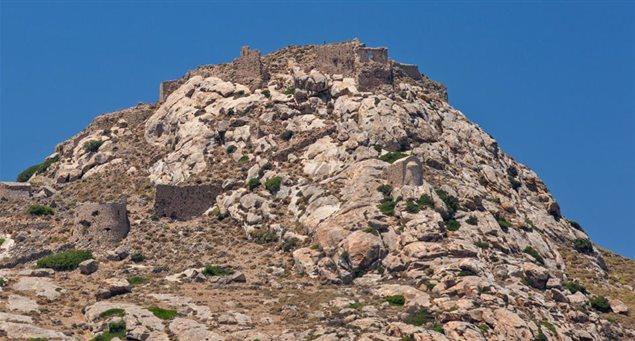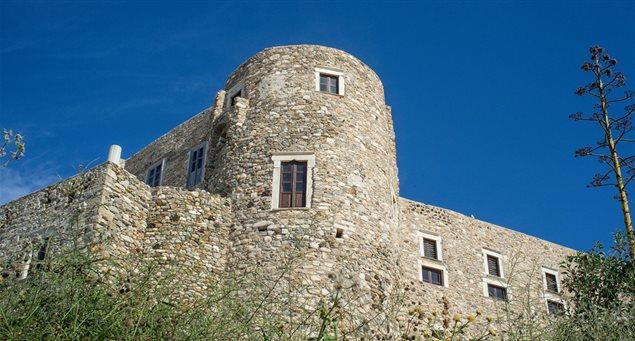
Naxos joined the Greek struggle for independence from the Ottoman Empire on May 6, 1821.
Dozens of Naxiots are recorded in the so-called Struggle Archive at the National Library of Greece. Leading figures were the bishop of Paros and Naxos, Ierotheos, and Michail Markopolitis.
In the 19th century, main town Chora had about 2,500 people, while the population in the rest of the island was spread out in dozens of villages and was mostly engaged in farming and animal breeding.
Society was divided into three classes: the “masters” and feudal lords that lived in mansions, the simple peasants and other working people, and the “harbor” people, that hanged around the port barefoot and hungry, looking for the odd job that would earn them a bit of money.
Four cafes in the harbor area were the main meeting points for the local society in the interwar years.
The port was the main hub of the island, where commercial vessels loaded and unloaded goods.
The exporting of emery, which is mined on the eastern seaboard, made an important contribution to the economy of Naxos.
The Kastro neighborhood, in the old fortified citadel, retained its aristocratic character up to the 1960’s.



